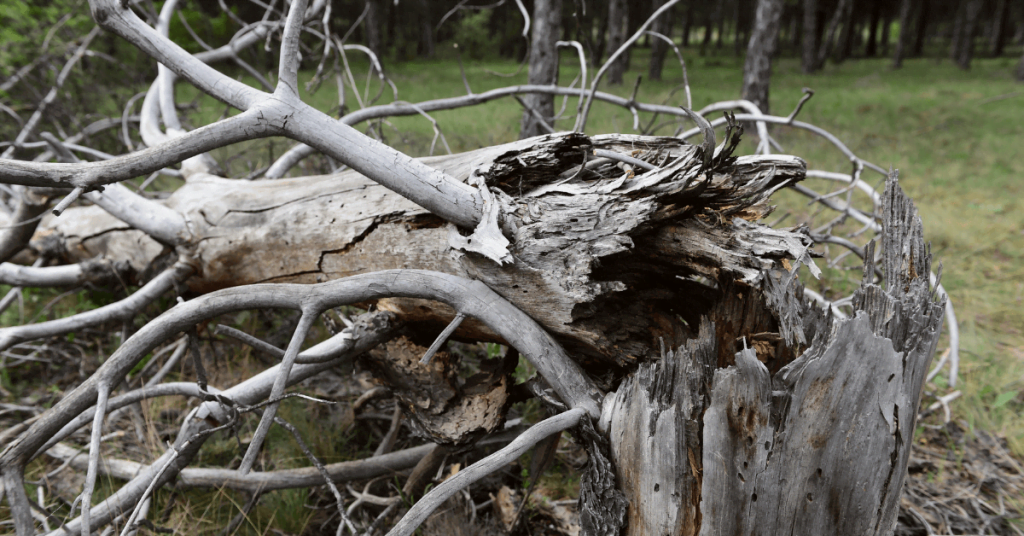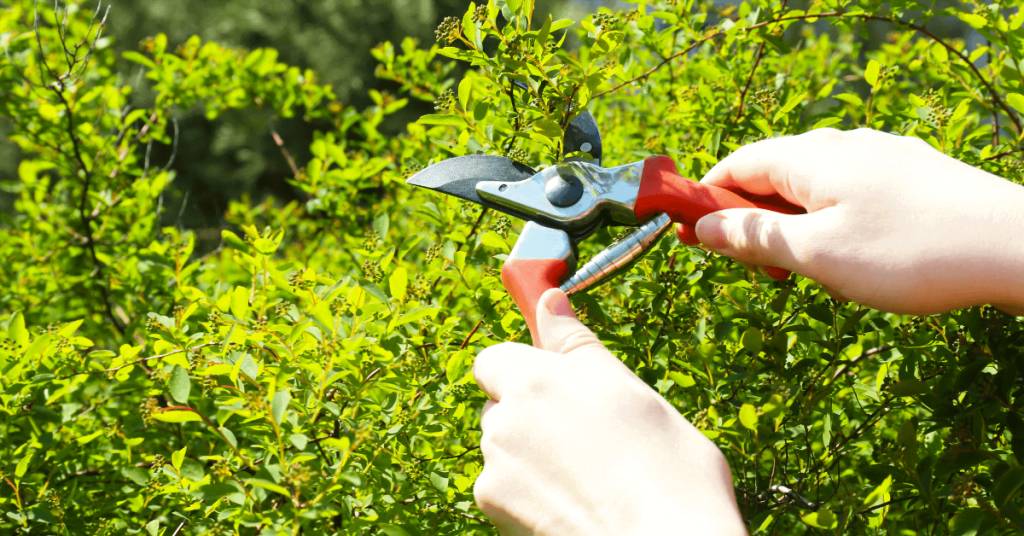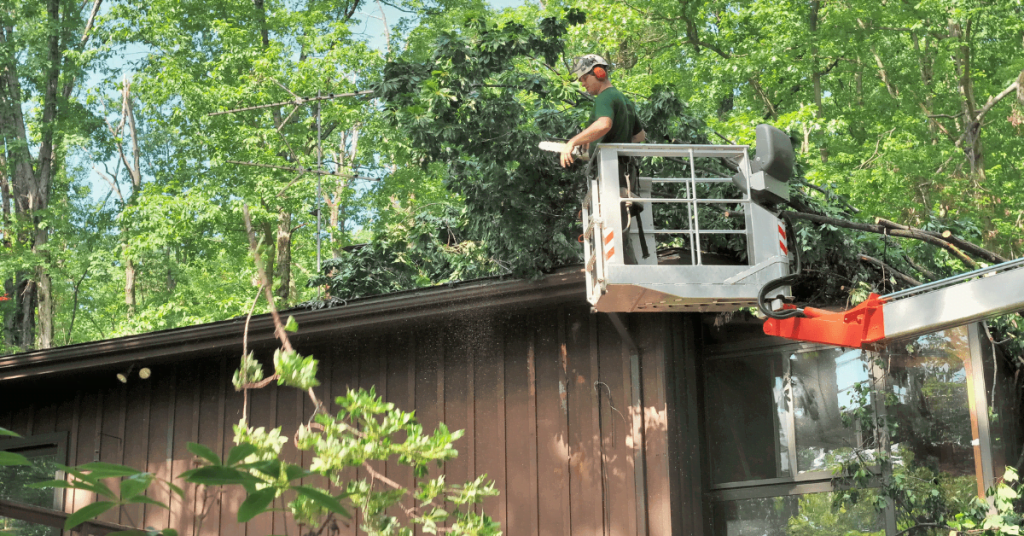Having a tree in your yard is a great way to bring life and beauty to your outdoor space, but diseases can quickly turn that joy into dread. Not only do diseased trees look less attractive but they can also become dangerous if left unaddressed.
By understanding the signs of tree disease, you’ll be able to take steps toward protecting the health of both people and flora on your property. Let’s go over common warning signs so you know when it’s time for help from an arborist or other trained professional for assistance.
Importance of identifying and treating tree diseases
Tree diseases can be incredibly destructive and costly. Not only do tree diseases cause damage to the trees themselves, but they can also spread quickly throughout a landscape or forest, affecting many trees at once.
Identifying and treating tree diseases is essential to keep trees healthy and prevent further destruction. Early identification of disease allows for prompt treatment, which can often save the tree’s life. Proper diagnosis of tree disease is crucial to correctly selecting the appropriate treatment option. Treatments may include pruning, selective application of fungicides or soil amendments.
In addition to proper diagnosis and treatment, preventive measures can be taken to minimize the risk of infection. Regular inspection and monitoring of trees for signs of disease are the best ways to detect a problem before it becomes overwhelming.
Finally, proper sanitation and removal of dead or diseased trees can help reduce the spread of tree diseases. Pruning infected branches and disposing of them properly is essential in helping protect surrounding trees.
7 Signs Your Tree May Have a Disease: What to Look Out For
Some of the signs of the tree may have a disease which include:
- Discoloration: Unusually bright yellow or red leaves are a sign of distress and could indicate a nutrient deficiency, environmental stress, insect infestation, or a disease.
- Wilting: Leaves that droop or wilt could be an indication of root rot, drought stress, poor soil drainage, or other issues.
- Branch dieback: When branches on one side of the tree are dying back, it can be a sign of disease.
- Brown spotting or lesions on leaves: This could be indicative of fungal diseases such as powdery mildew or rust.
- Cracks in the bark: Large cracks in the bark could indicate a serious issue, such as root rot or canker disease.
- Fruiting bodies: Mushrooms, conks and other fruiting bodies growing on the tree are a sure sign of decay inside the tree.
- Insect infestations: Many insects feed on diseased trees, so if you see signs of an infestation it’s likely that the tree is already infected with a disease.
Diseased trees can be incredibly dangerous, so if you observe any of these warning signs, it’s important to contact a professional as soon as possible. An experienced arborist or other trained professional will be able to diagnose the disease and take the proper steps to protect your tree and prevent further infection on your property.
By understanding the signs of tree disease, you can help ensure the safety and health of both people and flora on your property. Early identification and treatment will give you peace of mind knowing that you are taking action to keep your outdoor space beautiful for years to come.
With the proper care and maintenance, you can help protect your trees from the disease today!
Identification and symptoms of common tree diseases
It can often be difficult to recognize the signs of a disease and determine what kind of disease is affecting a tree. Here are some common symptoms that could indicate an underlying problem:
- Discoloration or yellowing of leaves
- Wilting, browning, or curling of foliage
- Blotchy spots on leaf surfaces
- Cankered areas on the bark
- Fungal growths near the trunk or crown
- Dead branches or wilting twigs
- Swelling, cracking or sunken patches of bark
- Chemicals oozing from the tree’s trunk
If you notice any of these signs, it is important to contact a certified arborist or tree professional as soon as possible. They can help diagnose the cause of the problem and recommend the best course of action for treatment.
By taking steps to recognize and address tree diseases, you can ensure that your trees remain healthy and safe. With proper diagnosis, treatment and preventative care, you can help protect the beauty of your landscape and keep it vibrant for years to come.
What are the Visual and Behavioral Signs of Tree diseases?
Tree diseases can cause a variety of visual and behavioral signs, including:
- Changes in leaf color and size such as yellowing or wilting of leaves
- Blotching and spotting on the bark or trunk
- Cankers, lesions and cracks can appear on branches and trunks
- Wilting or dieback of branches, twigs and buds
- Dead branches or entire sections of a tree dying off
- Unusual growth patterns, such as overly vigorous branching and suckering
- Discolored sap bleeding from the trunk or branches
- Fungal fruiting bodies appearing on the tree’s bark
- Abnormal leaf drop or an overall decrease in the tree’s foliage
- Infestations of insects, such as aphids, scale and borers
- Presence of fungal spores around the base of the tree
Tree diseases can also cause a tree to become structurally weak, making it more susceptible to wind and storm damage. If you notice any of these visual or behavioral signs in your trees, contact an arborist near you so they can diagnose the problem and develop a treatment plan that best suits your needs.
How to diagnose tree diseases?
Diagnosing tree diseases can be a tricky process and should always be done by an experienced professional. To accurately identify the disease, the arborist will need to collect samples from the affected tree and examine them under a microscope. They may also take photos or use specialized equipment like borescopes to determine what kind of disease is present.
Once the disease has been identified, the arborist will be able to recommend a course of action for treating the tree and preventing further infection. Treatment options can vary depending on the type and severity of the disease, so it’s important to work with an experienced professional who can provide you with personalized guidance.
Wrap Up
Keep an eye out for these changes in your trees and act fast if you see them. Catching a tree disease early can often mean the difference between saving it and losing it. If you’re not sure what to do or how to proceed, reach out to a professional arborist or tree service company.
They can provide you with expert advice and help you develop a plan for treating the tree and preventing further damage. With the right care and attention, you can protect your trees from disease and keep them healthy for years to come.



